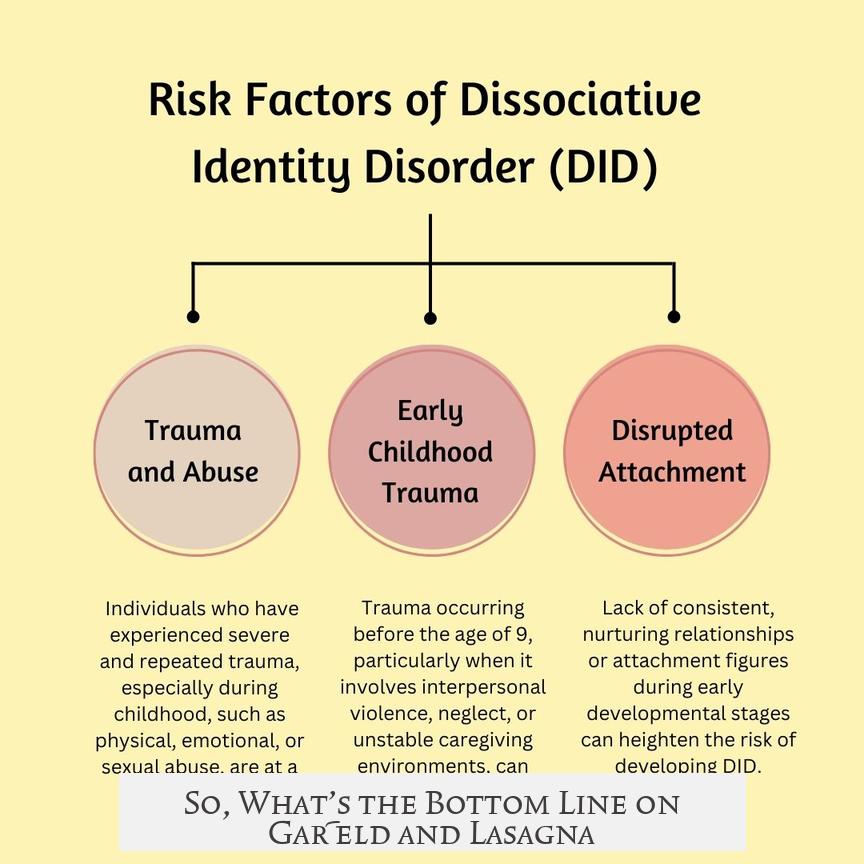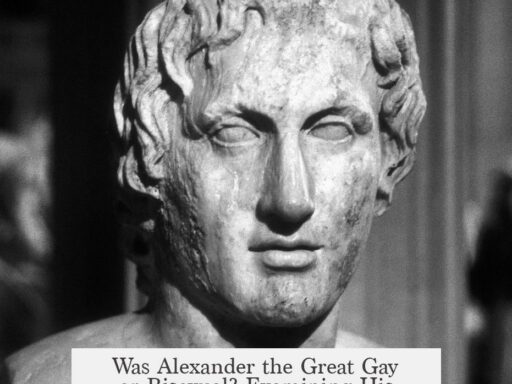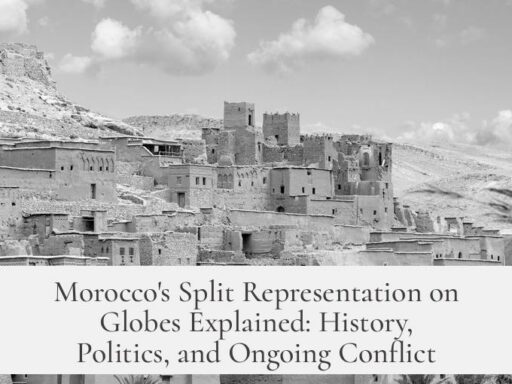President James Garfield most likely ate a dish similar to lasagna during his 1867 trip to Italy, but there is no direct evidence that he specifically ate or enjoyed lasagna as we know it today.
Garfield visited Italy from September 16 to October 4, 1867. This nearly three-week vacation is the prime opportunity for him to have encountered Italian cuisine, including lasagna or related layered pasta dishes. During this period, lasagna existed in various regional forms across Italy. However, detailed accounts of Garfield’s meals or food preferences from his journal entries or letters are sparse. He rarely mentioned food, limiting comments to mealtimes without elaborating on dishes or tastes.
It is reasonable to infer that Garfield tried layered pasta dishes resembling lasagna while in Italy. Regional specialties often included noodles layered with meat, cheeses, and sometimes sauce. At the time, the concept of “lasagna al forno” — baked sheets of pasta with meat and cheese — was established but not necessarily standardized. Many recipes varied by region, such as the Neapolitan “Lasagna di Carnevale,” traditionally made for Fat Tuesday celebrations, containing meatballs, sausage, and hard-boiled eggs.
The tomato sauce element of modern lasagna may not have been common in 1867. Historical records indicate that tomatoes had a limited role in some Italian lasagna recipes until after Garfield’s trip. The first known reference to tomato sauce in lasagna appeared in 1881’s cookbook Il Principe dei Cuochi. Before that, lasagna predated the widespread use of tomatoes, relying on meat, cheeses, and pasta.
Garfield showed little documented interest in food during his lifetime. His journals lack explicit praise or criticism of Italian dishes, suggesting a neutral or tolerant stance. He did not embrace exotic or sophisticated foods after returning to the U.S. His dietary habits remained consistent with his rural Ohio upbringing. His family farm produced milk, eggs, various livestock, fruits, and crops. His diet heavily featured milk, bread, fruits like apples and peaches, and common American staples. Pasta or elaborate dishes would have been unusual or viewed as fancy fare outside a European context.
Garfield’s successor, Chester A. Arthur, contrasted sharply with him in culinary interest. Arthur is recognized as an early White House “foodie,” organizing lavish dinners and hiring a French chef, reflecting a more conspicuous engagement with food culture. Garfield, however, valued simplicity and did not indulge in culinary extravagance.
- Garfield’s only likely exposure to lasagna-like dishes occurred during his 1867 Italy visit.
- He never explicitly mentioned lasagna or any Italian foods in his personal records.
- Lasagna recipes at the time varied regionally and often lacked tomato sauce.
- His diet primarily consisted of simple, locally sourced American farm foods.
- There is no verified evidence that Garfield had lasagna as recognized today.
Given these points, the claim that President James Garfield ate lasagna during his lifetime is plausible but unconfirmed. He probably encountered similar dishes in Italy but did not document the experience or express notable enthusiasm. The lack of Italian immigrant influence and Italian cuisine in his home and social circles supports the conclusion that lasagna was unlikely a regular or noteworthy part of his diet.
Did President James Garfield of the US Ever Eat Lasagna?

Let’s get straight to it: While we cannot say with 100% certainty that President James Garfield ever ate lasagna exactly as we know it today, it is very likely that during his European tour in Italy in 1867, he encountered and probably enjoyed some kind of lasagna-like layered dish. Now, how did we get here? Let’s dig into the tasty details with a slice of history, some culinary facts, and a dash of presidential lifestyle.
James Garfield, the 20th President of the United States, wasn’t exactly famous for his foodie exploits. But his nearly three-week visit to Italy in 1867 offers the best chance. Between September 16 and October 4th, Garfield roamed Italy — the home of lasagna’s ancestral roots. Yet, when we peek into his writings and diaries, there’s barely a whisper about food beyond routine breakfast and dinner notes. No culinary enthusiasm. No “Eureka!” moment for pasta lovers. So, what gives?
Eating Lasagna in 1867 Italy: What Might James Garfield Have Experienced?
This trip to Italy is the key. Lasagna, at the time, was quite different from the hearty, cheese-and-tomato extravaganza we adore today. The modern lasagna, technically known as lasagna al forno, refers to layered baked noodles alternating with cheese, meat, and tomato sauce. However, tomatoes had a rocky intro to Italian cuisine, often appearing in lasagna recipes only after Garfield’s visit — the first documented mention being from an 1881 cookbook.
So, Garfield’s lasagna likely lacked the familiar vibrant red sauce. Instead, it may have resembled lasagnas with ricotta or béchamel sauces, layered with meats or eggs, similar to the festive Lasagna di Carnevale — a celebratory treat with sausages, meatballs, and hard-boiled eggs, traditionally enjoyed before Lent. This regional variety probably tickled Garfield’s palate more than the tomato-rich kinds we picture.
While Garfield doesn’t sing praises of Italian food in his journals, he also doesn’t complain. That’s a subtle cue that he probably tolerated and partook in local dishes—including pasta, and quite possibly lasagna or close cousins like ravioli layered dishes. Spending nearly three weeks in Italy without encountering these delicacies seems improbable.
Why No Big ‘Lasagna-Love’ Letters from Garfield?

Garfield’s lack of foodie commentary suggests his interest in culinary adventures was minimal. He was a man of practical habits and humble tastes. His diet back home included bread, butter, apple and peach pies, corn dishes, and very notably, milk — which became even more crucial after he was shot, offering him sustenance through bread dipped in milk and soups. Not exactly the lavish Michelin-star diet.
Even in Washington D.C., Garfield didn’t deviate from his farmer’s palate. Pasta dishes like lasagna might have seemed “exotic” or “fancy” to him, not something he sought out with great enthusiasm. So, while he possibly ate lasagna-like dishes, he didn’t document a passion or standout food moment from that stay. Contrast that with his successor Chester A. Arthur, who was a verified foodie, renowned for remarkable White House dinners and sartorial flair.
Garfield’s Agricultural Roots: A Diet Grounded in Farming
Garfield’s family farm was a bustling operation, producing milk, beef, pork, sheep, eggs, and crops like barley, rye, corn, wheat, and, of course, apples and peaches. This wholesome, rural diet clung to him even amidst the splendor of presidential life. No surprise that his palate was shaped by fresh farm produce rather than culinary experimentations in fancy dishes.
Imagine an 1860s Midwestern American farmer-president in Italy encountering layered baked pasta dishes. Would he relish dining on sophisticated Italian meals? Maybe. Would he document it in his journals? Probably not. His food notes were functional; for him, meals marked the start and end of the day’s business.
So, What’s the Bottom Line on Garfield and Lasagna?

- Garfield existed during an era when lasagna wasn’t quite the tomato-rich American favorite yet.
- He spent nearly three weeks in Italy, the birthplace of lasagna and many layered pasta dishes.
- Lasagna or lasagna-like dishes, made with noodles, meats, cheese, and baked, were common in Italy, especially in festive forms like Lasagna di Carnevale.
- He wrote almost nothing about food, so no direct evidence of lasagna love.
- His established diet was simple, centered on farm produce, milk, and bread.
Thus, although he most likely found himself eating something close to lasagna during that Italian trip, there’s no proof of him savoring the dish like a modern-day pasta aficionado.
But Isn’t It Fun to Imagine?
What if Garfield did have a favorite layered pasta? Would he have named his fictional lasagna-loving cat after himself, as some playful food history enthusiasts wish? Alas, no diary entries suggest this quirky side. History paints him as a serious, practical man more concerned with politics and philosophy than gastronomic trends.
Still, given Italian food’s charm, it’s reasonable to believe he sampled pasta dishes. After all, Italy’s culinary heritage is hard to escape when you travel there for weeks. In the absence of “foodie” snobbery, he probably appreciated the rustic meals as fuel for his busy days.
A Quick Comparison: Garfield vs. Arthur’s Food Styles

His successor Chester A. Arthur is a study in contrast. Arthur was a true gourmet and fashion enthusiast, throwing exquisite dinners and sporting fifty sets of finely tailored trousers. Garfield, on the other hand, remained grounded in his rural upbringing, with a palate that barely budged despite his relocation to the capital.
Final Tidbit: The Italian Immigrant Scene and Lasagna in America
Interestingly, before 1870 there were fewer than 25,000 Italian immigrants in the US, meaning lasagna wasn’t widespread in American kitchens during Garfield’s lifetime. Ohio, his home state, had even fewer Italians. So if Garfield didn’t enjoy lasagna in Italy, he certainly wasn’t getting it back home.
In conclusion: President James Garfield’s European trip probably exposed him to lasagna or a close cousin. Despite scant direct evidence, it’s highly likely he ate layered pasta dishes common in Italy at that time. But if you hoped to discover a presidential love story with lasagna, history keeps that flavor on simmer—there’s just not enough spice to confirm it fully.
History sometimes leaves us with delicious mysteries. So, who’s up for recreating an 1867-style lasagna to honor Garfield’s quiet culinary journey?




